Tag: vasopressors

Effect of Vitamin C, Hydrocortisone, and Thiamine vs Hydrocortisone Alone on Time Alive and Free of Vasopressor Support Among Patients With Septic Shock
In patients with septic shock, treatment with intravenous vitamin C, hydrocortisone, and thiamine, compared with intravenous hydrocortisone alone, did not significantly improve the duration of time alive and free of vasopressor... read more
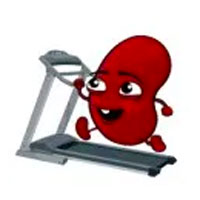
Could the Furosemide Stress Test Clarify Resuscitative Goals?
Imagine that you admit a patient with septic shock. You resuscitate the patient as best you can with inopressors, fluids, and antibiotics. An adequate blood pressure is achieved. A reasonable amount of fluid is administered.... read more

Enteral Nutrition Can Be Given to Patients on Vasopressors
Most all recent studies show Enteral Nutrition (EN) can be delivered safely to patients on vasopressors. In fact, many studies show an outcome benefit of early EN (EEN) in ICU patients who are receiving vasopressors. It... read more

Early Identification of Patients at High Risk of Streptococcus-associated Necrotizing Infections
Two simple and available upon admission clinical predictors of group A streptococcus (GAS) documentation identified among a large cohort of surgically proven necrotizing soft tissue infections (NSTIs). The results show... read more

Update to the Vitamin C, Thiamine and Steroids in Sepsis (VICTAS) Protocol
The analyses described here are those necessary to answer the trial's primary question of whether combined treatment with vitamin C, thiamine and steroids is more effective than placebo in increasing days alive and free from... read more
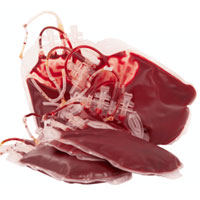
Vasopressin for Acute Hemorrhage?
Vasoactive medications are one of the pillars of management of shock in Emergency Departments. Inopressors, namely Norepinephrine and Epinephrine, are the two most commonly used pressors in US Emergency Departments, used... read more

Use of Vasopressor Increases the Risk of Mortality in Traumatic Hemorrhagic Shock
Use of vasopressor for traumatic hemorrhagic shock was associated with mortality after controlling for biases (trauma severity; volume of fluid resuscitation). Among 236,698 trauma patients, 3,551 were included in the... read more

Association of Corticosteroid Treatment With Outcomes in Adult Patients With Sepsis
In this meta-analysis of 37 RCTs (including 9564 patients), corticosteroid treatment was significantly associated with reduced 28-day mortality, ICU mortality, and in-hospital mortality among patients with sepsis. However,... read more
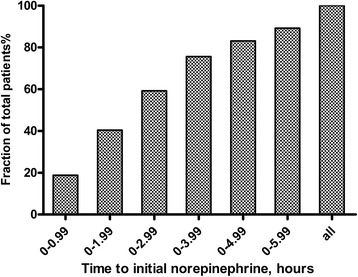
Early vs. Delayed Administration of Norepinephrine in Patients with Septic Shock
This study investigated the incidence of delayed norepinephrine administration following the onset of septic shock and its effect on hospital mortality. Our results show that early administration of norepinephrine in... read more
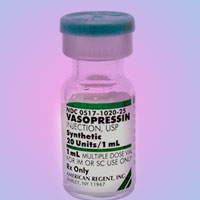
Renal Outcomes of Vasopressin and Its Analogs in Distributive Shock
In patients with distributive shock, vasopressin and its analogs use is associated with a reduced need for renal replacement therapy and lower acute kidney injury (AKI) incidence. These results are supported by high risk... read more
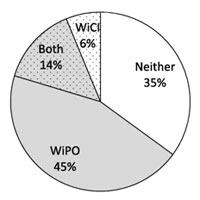
Myocardial Ischemia During Ventilator Weaning
This observational study showed the pulmonary edema (WiPO) occurred in a significant number of critically ill patients who failed a first spontaneous breathing trial (SBT), while cardiac ischemia (WiCI) was less frequent.... read more
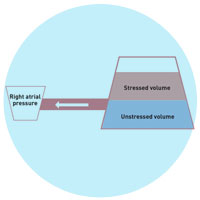
Vasoactive Medication and Randomized Clinical Trials
Vasoactive medication is one of the cornerstones in the treatment of critically ill patients in shock. Shock can be defined as a failure of the circulatory system to provide adequate tissue perfusion resulting in cellular... read more
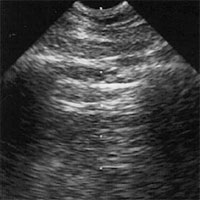
Clinical Assessment of Critically Ill Patients by Whole-body Ultrasonography
Critical care ultrasonography (CCUS) is increasingly advocated and used, and is defined as point-of-care image acquisition, interpretation and clinical application, all performed by the critical care clinician, and directed... read more
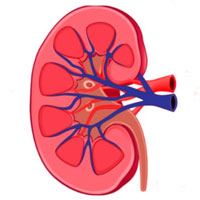
AKI in Critically Ill Patients After Noncardiac Major Surgery
Acute kidney injury (AKI) is a common complication of major surgery. However, acute kidney injury occurring within the first 48 hours after surgery (early acute kidney injury) and therefore likely related to the surgery itself... read more




